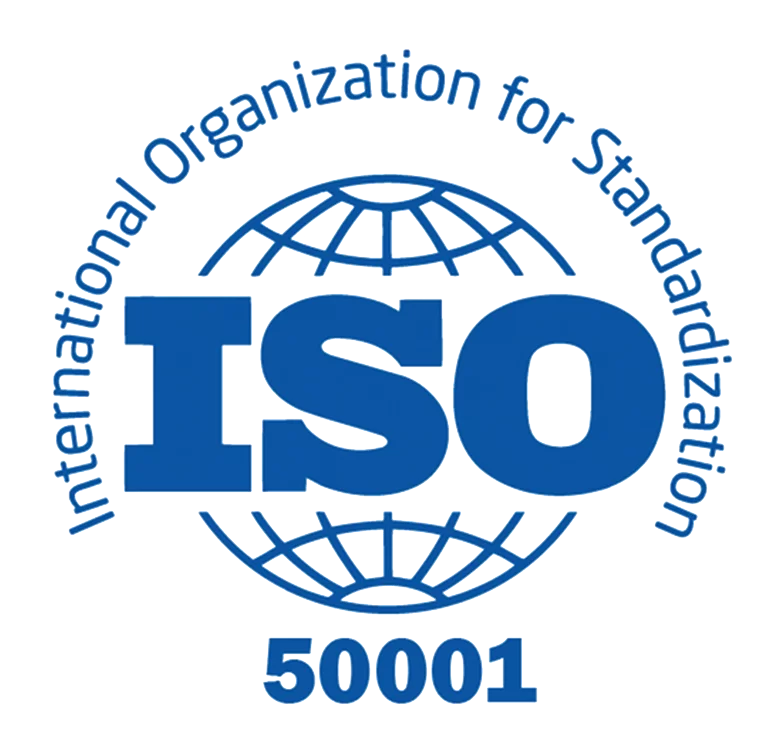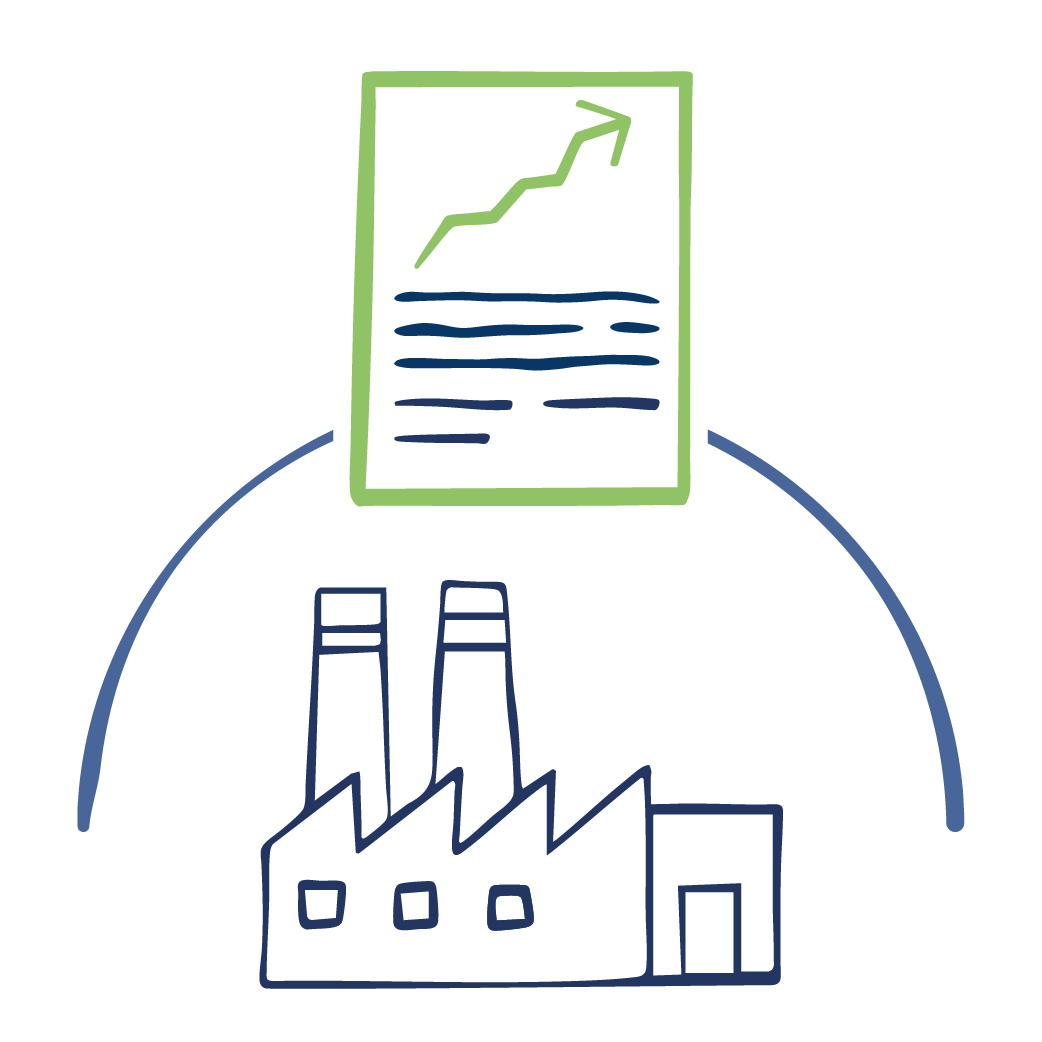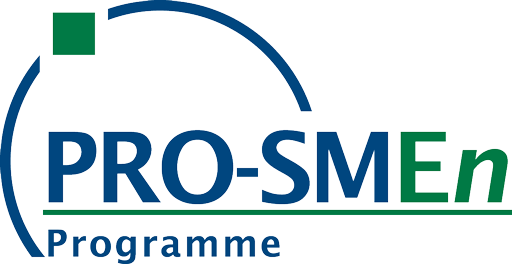ISO 50001 : definition and application in an energy management system (EnMS)
ISO 50001, the best way to reduce your energy consumption and improve your performance.

ISO 50001 Standard: Definition
The ISO 50001 standard was created in 2011 and revised in 2018. As its name suggests, it is a standard established by the international ISO organization (International Organization for Standardization). Its goal is to improve the energy performance of certified sites. The ISO 50001 standard is aimed at companies of all sizes seeking to implement an energy management policy. Like many other standards, it is based on a logic of continuous improvement.

ISO 50001 is already well established worldwide, including in France
According to ISO, nearly 25,000 organizations (businesses, authorities, and both public and private institutions) around the world were ISO 50001 certified by the end of 2023, representing over 60,000 sites in total.
According to the same source, more than a thousand organizations in France were ISO 50001 certified by the end of 2023.
France still lags far behind Germany (10,300 certified organizations), Italy (1,900), and the United Kingdom (1,500), but is ahead of Spain (989), Poland (266), and the Netherlands (149).
ISO 50001 certification is valid for three years, provided that annual surveillance audits are conducted. The recertification audit can either be carried out by the original certification body (but with a different auditor), or by another accredited organization.
6 300
Number of iso 50001 certified sites in france in 2023
Source: ISO
Energy management system implementation is at the heart of the certification
More concretely, the ISO 50001 standard defines and standardizes the methodology to follow in order to optimize energy (Energy management).). It is based on the implementation of an energy management system (EnMS).
The process implementation is generally based on six main steps:
1. The appointment of a representative with the necessary skills to ensure the effective operation of the EMS (often referred to as the ‘Energy Manager’ within the entity).
2.Development of an energy efficiency policy adapted to the uses and consumption of the sites concerned.
3. Setting measurable objectives for improving energy performance. .
4. Collection and analysis of initial data (especially energy consumption), which will serve as baseline values.
5. Planning and execution of necessary actions and adjustments, with an action plan.
6. Measurement of quantified results and continuous improvement.
This is known as the PDCA approach: plan, do, check, act.

What are the benefits of iso 50001 certification?
Implementing an energy management system (EnMS) leads to improved energy performance, and therefore results in both:
- A reduction in energy bills (all other things being equal) through optimized energy consumption.
- A decrease in greenhouse gas emissions linked to CO2-emitting energy consumption.
- The energy management system (EnMS) includes an energy audit and goes beyond the legal requirement. That’s why ISO 50001 certified companies are exempt from the mandatory energy audit.
- Energy Performance Contracting (EPC): Companies that have signed an EPC may be exempted from the energy audit requirement, provided that the contract incorporates the necessary elements of an EMS and meets the requirements specified in Annex XV of the Directive..
- Certified Environmental Management System (EMS): Companies with a certified EMS, such as ISO 14001, may also be exempted from the energy audit requirement, provided that this system includes an energy audit that complies with the minimum criteria set out in Annex VI of the Directive.
It is essential to verify that the EPC or EnMS in place meets the specific requirements of the directive in order to benefit from these exemptions.
It should be noted that obtaining ISO 50001 certification may also entitle you to a reduction in the general tax on polluting activities (TGAP), for example for the thermal treatment of non-hazardous waste.
Beyond the more active involvement of employees in energy-related matters, the ISO 50001 standard can also provide certified entities with an image benefit (similar to other quality standards) in terms of energy and environmental performance.
If you would like to start your ISO 50001 certification by implementing a certified EnMS, contact us.
Without the right tool, an ISO 50001-type EnMS can be very time-consuming. The MyDametis platform facilitates the operational management of the ISO 50001 methodology. MyDametis allows you to define baselines, monitor Significant Energy Uses (SEUs), track KPIs to detect deviations, and flag anomalies.

A grant for those who want to commit
In France, public authorities offer a grant (called PRO-SMEn) to support the implementation of an energy management system compliant with the ISO 50001 standard.
For the 2023–2026 period, the PRO-SMEn fund has a total of €11.2 million. This fund is financed by several energy suppliers, who in return receive Energy Savings Certificates (ESCs).
It is managed by the Technical Energy and Environment Association (ATEE) as part of the PACTE Industrie Program. ATEE coordinates the system, processes the applications, and finally disburses the grants.
During the 2018–2022 period, 306 organizations received the grant for a total amount of €11.6 million, representing an average grant of nearly €38,000. During this period, 69% of the grant recipients belonged to the industrial sector.

To qualify for the PRO-SMEn grant, the following conditions must be met:
- The company must be registered with the Trade and Companies Register. Note that there are no size criteria: all companies are eligible, provided they belong to a defined list of eligible NAF codes. This list can be accessed by clicking here.
- All sites within the certification scope must be located in France.
- Only first-time certifications are eligible (therefore, extensions or renewals of certifications are not).
- The ISO 50001 certificate of conformity must be issued by an accredited certification body.
The amount of the grant is calculated based on the annual energy expenditures of the most recent fiscal year of the sites within the certification scope. Energy expenditures include electricity, gas (network and butane-propane), solid mineral fuels, oil (heavy and domestic), petroleum coke, steam/hot water, biomass, and all fuels.
It should be noted that these are so-called ‘net’ energy costs, i.e. after deduction of any government aid received during the year to reduce the amount of the bills (tariff shield, for example). On the other hand, the PRO-SME n grant can be combined with certain other grants (PACTE Industrie programme, CEE Isolation, etc.).
The grant amount equals 20% of energy expenditures excluding VAT, capped at €200,000 per year (excl. tax).
Up to €40,000 excl. tax
The PRO-SMEn grant amount for the 2023–2026 period
Source: PRO-SMEn
What’s more, under the Energy Efficiency Directive of September 2023, companies whose energy consumption exceeds an average of 23.6 GWh/year (85 TJ/year) over the last three years are required to implement a certified energy management system by 11 October 2027 at the latest. By anticipating this deadline, you will be eligible for the bonus.
To benefit from the PRO-SMEn grant, you must:
- Register by completing and sending a questionnaire to ATEE before December 31, 2025.
- Request the grant after obtaining ISO 50001 certification by submitting an application form to ATEE before May 31, 2026.
The questionnaire and application form can be downloaded by clicking here.
Regulations currently being transposed since March 10, 2025
It is important to note that the directive is currently being transposed into French law, and the DADDUE law, adopted by the National Assembly on February 17, 2025, has been under discussion in the Senate since March 10, 2025.. However, regarding obligations related to energy management systems for companies consuming more than 23.6 GWh/year, no specific information has been noted concerning possible changes or postponements of these obligations during Senate discussions. It is therefore recommended that the companies concerned closely monitor legislative developments and prepare accordingly.








